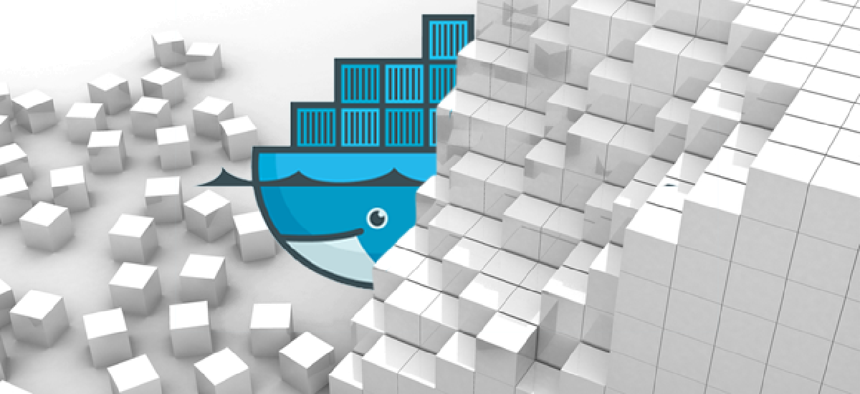Why Docker is disruptive

Application containers like Docker will simplify application deployment across multiple platforms, including across multiple cloud providers.
Docker recently released the 1.0 version of its application container platform to great fanfare and major backing from Redhat, Google, IBM, Microsoft and Rackspace.
Docker enables the creation of application containers that are much more efficient than running separate virtual machines in a cloud computing environment. This is why application containers are called a form of “operating system virtualization” whereas virtual machines, using a hypervisor, virtualize the computing hardware (aka a server).
The differences in resource consumption, startup time and performance are significant enough for all the major infrastructure-as-a-service and platform-as-a-service providers to jump on this bandwagon.
What does this mean for cloud computing?
This is mostly a performance play in the same way that “bare metal” cloud computing is. It allows the same machine to support more containers than virtual machines, which is a way to make cloud computing more efficient, and that translates into making it even cheaper.
One interesting point about Docker is that it currently only runs on Linux. It will be interesting to see how Microsoft responds to this as it makes Linux instances more attractive in the cloud than Windows Server instances.
Currently Microsoft Azure can run Docker in a Linux instance, and Microsoft is releasing an open source software tool that supports Docker on Azure.
The other significant part of the Docker release is an open source project at the heart of Docker called “libcontainer.” This project is creating a standard for application containers and a reference implementation. Other companies are contributing to libcontainer to make it cross-language and possibly even cross-platform.
How will this affect cloud adoption?
Application containers, which represent a maturity and refinement of cloud computing, will grow in use . We are moving beyond the broad strokes of cloud computing and delving deep into the finer details. We will see this same level of improvement in the PaaS space to make native cloud applications easier to develop and existing applications easier to migrate.
For government IT managers, application containers will simplify application deployment across multiple platforms, including cloud providers. Thus, even beyond efficiency, a standard application container will also improve cross-platform interoperability. And for all these reasons, the hoopla behind Docker is well-founded.
Michael C. Daconta (mdaconta@incadencecorp.com or @mdaconta) is the Vice President of Advanced Technology at InCadence Strategic Solutions and the former Metadata Program Manager for the Homeland Security Department. His new book is entitled, The Great Cloud Migration: Your Roadmap to Cloud Computing, Big Data and Linked Data.





